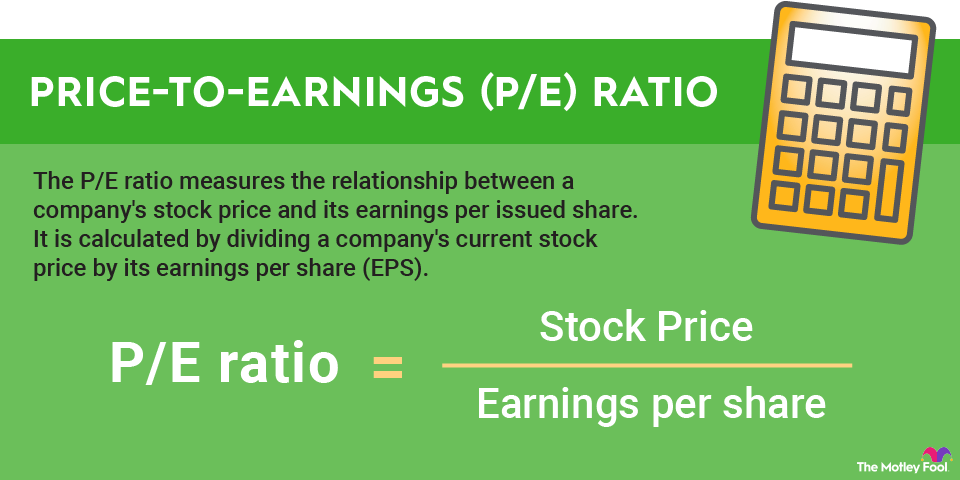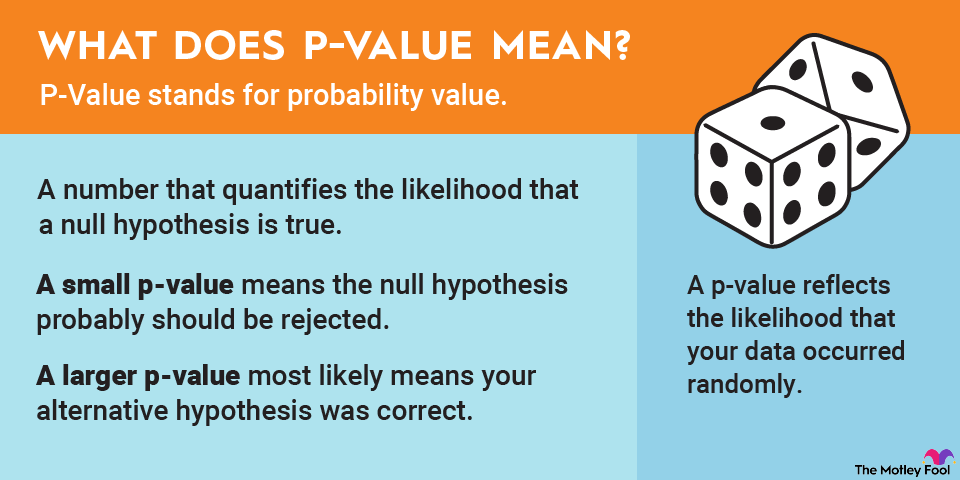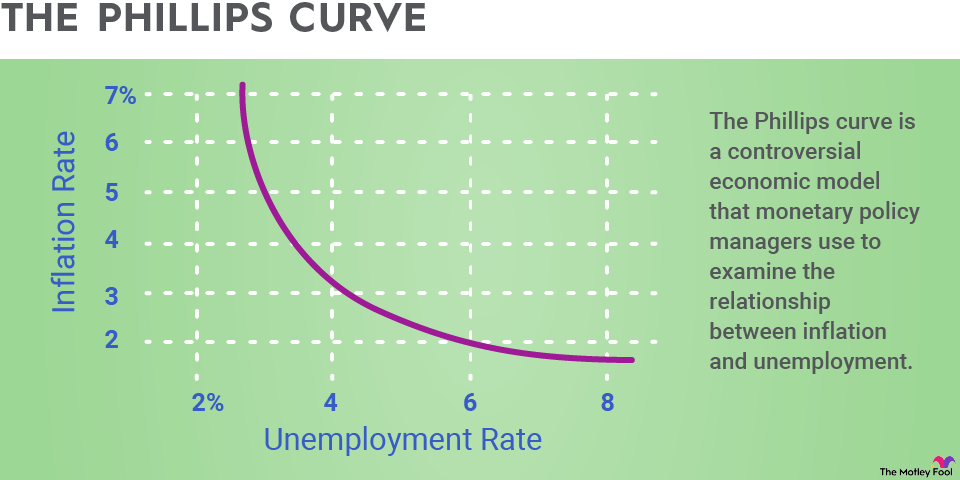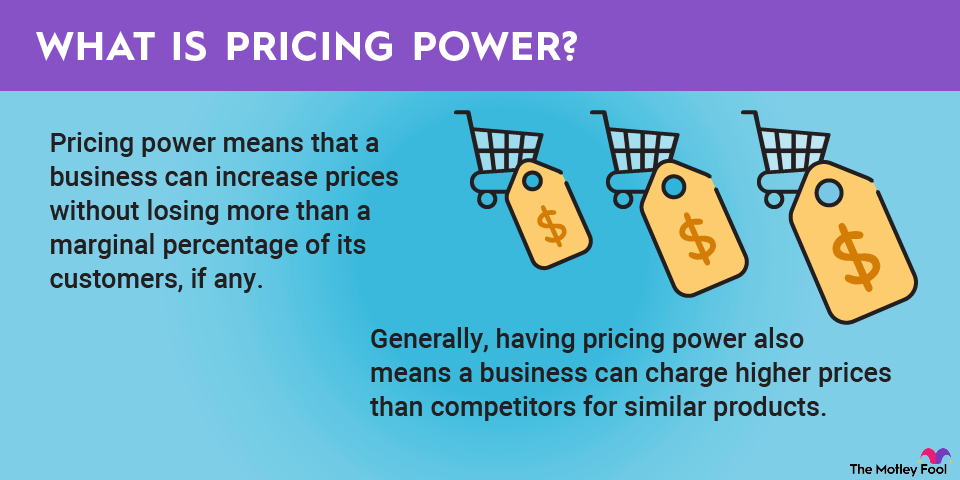In the business world, there is no shortage of frameworks for examining businesses and industries.
You may have heard of the SWOT analysis, the industry life cycle, or the hype cycle, for example.
One of the most popular frameworks for understanding the competitive forces in an industry is Porter's Five Forces, developed by Harvard Business School professor Michael Porter.

What are Porter's Five Forces?
According to Porter, there are five forces within an industry that shape the competitive dynamics: competitive rivalry, supplier power, buyer power, threat of substitution, and threat of new entry or barriers to entry.
Porter's Five Forces is often taught in business school as a way of breaking down an industry to gain an understanding of how competition works inside of it. It also offers a way for investors and operators to decide whether it's a good idea to start a business in a particular industry.
What does Porter's Five Forces explain?
The individual forces in the framework generally follow a spectrum showing the competitiveness of an industry.
For example, competitive rivalry will depend on how competitive an industry is. If it's highly fragmented with a lot of low-margin price competition, it's going to be hard to generate a competitive advantage.
Alternatively, an industry with relatively little competitive rivalry would better lend itself to establishing a competitive advantage.
Similarly, supplier and buyer powers help observers get a sense of who has power in an industry. If suppliers can easily raise prices, that will put pressure on industry incumbents and squeeze profits. Buyer power should also be considered since powerful buyers will pressure industry operators to lower prices. Investors should look for industries with a large number of buyers.
Finally, substitutions and barriers to entry round out the five forces.
Substitutions help explain how easily a business can raise prices; the closer the substitute product is, the harder it is to raise prices.
Barriers to entry also help protect industry incumbents. Industries with heavy capital requirements tend to have a higher barrier to entry.
How to use Porter's Five Forces
Porter's Five Forces is useful for both investors and business owners as a guide to industries that can generate the best returns.
Tobacco, for example, generated excellent returns for generations, and a review of the five forces shows why. Tobacco has no good substitutes. Barriers to entry in the industry are high since a global supply chain and distribution, as well as processing facilities, are needed.
Buyers in the tobacco industry have essentially no power since these companies are selling to thousands of retailers and millions of users. Similarly, suppliers have little power since the industry is vertically integrated, or sourced from independent farmers. Finally, competitive rivalry is low since the industry is dominated by a few major players. Altria (MO +0.17%), the domestic owner of Marlboro, has more than a 50% market share.
Alternatively, the airline industry has historically struggled. Airlines have few good substitutes and high barriers to entry. However, price competition is high, indicating strong competitive rivalry, and supplier power exists in the form of fuel and labor unions. Buyer power is relatively low, though regulation is also a factor.
Related investing topics
What's an example of Porter's Five Forces?
The media industry, which is undergoing a transition from linear TV to streaming, is a good one to examine with Porter's Five Forces.
Competitive rivalry in the industry is high, with a number of companies angling to provide video entertainment. Supplier power is relatively high in the case of sports rights and licensed content. Increasingly, streamers are relying on their own content.
Buyer power is low in the case of streaming but higher when dealing with intermediaries like cable companies. Substitutes are high since there are a number of other options for entertainment, including social media and gaming, and barriers to entry are high because producing shows and movies is expensive.
Social Media
If you're new to investing, the Porter's Five Forces framework offers a good place to begin when you're looking into a new industry. Whether you're investing in a bull market or a bear market, it's worth considering factors like substitutes and barriers to entry when you analyze a stock and make a decision whether to invest or not.



















